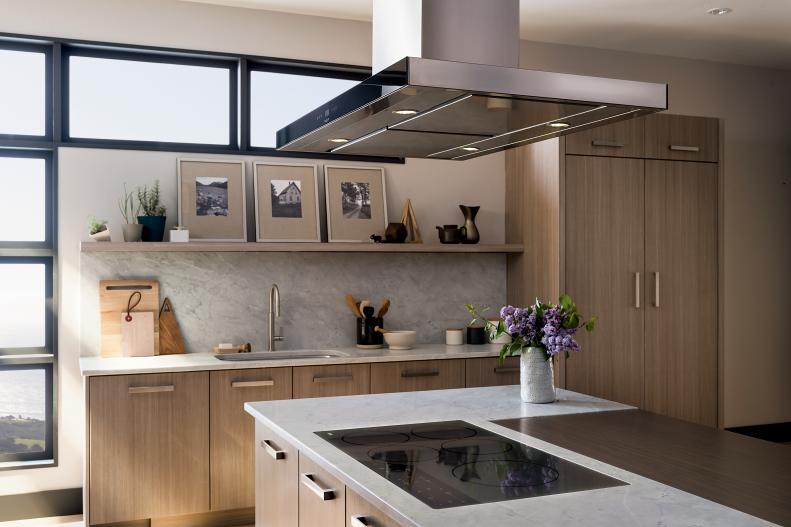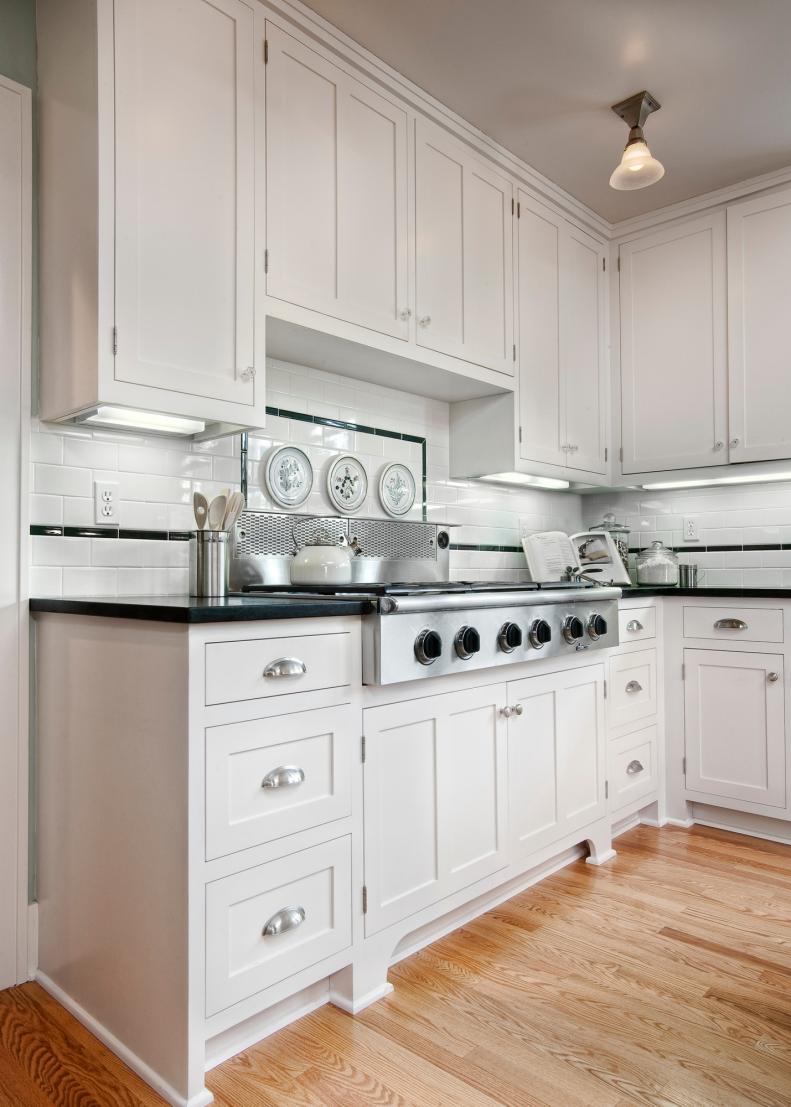1 / 12
Photo: Wolf, Sub-Zero Group, Inc.
Which Venting System is Right For Your Cooking Style?
Both your personal cooking style and the orientation of your kitchen will play a part in determining what type of vent system works best for your home. Though both overhead and downdraft vent systems add efficiency to indoor and outdoor kitchens, homeowners may gravitate to a certain vent system without considering how they use their cooktop. Is your cooktop gas, electric or induction? Are you routinely cooking with oils or burning the bacon? Do you use very tall cookware or are you a very tall person? All of these factors come into play when choosing between downdraft and overhead venting.









